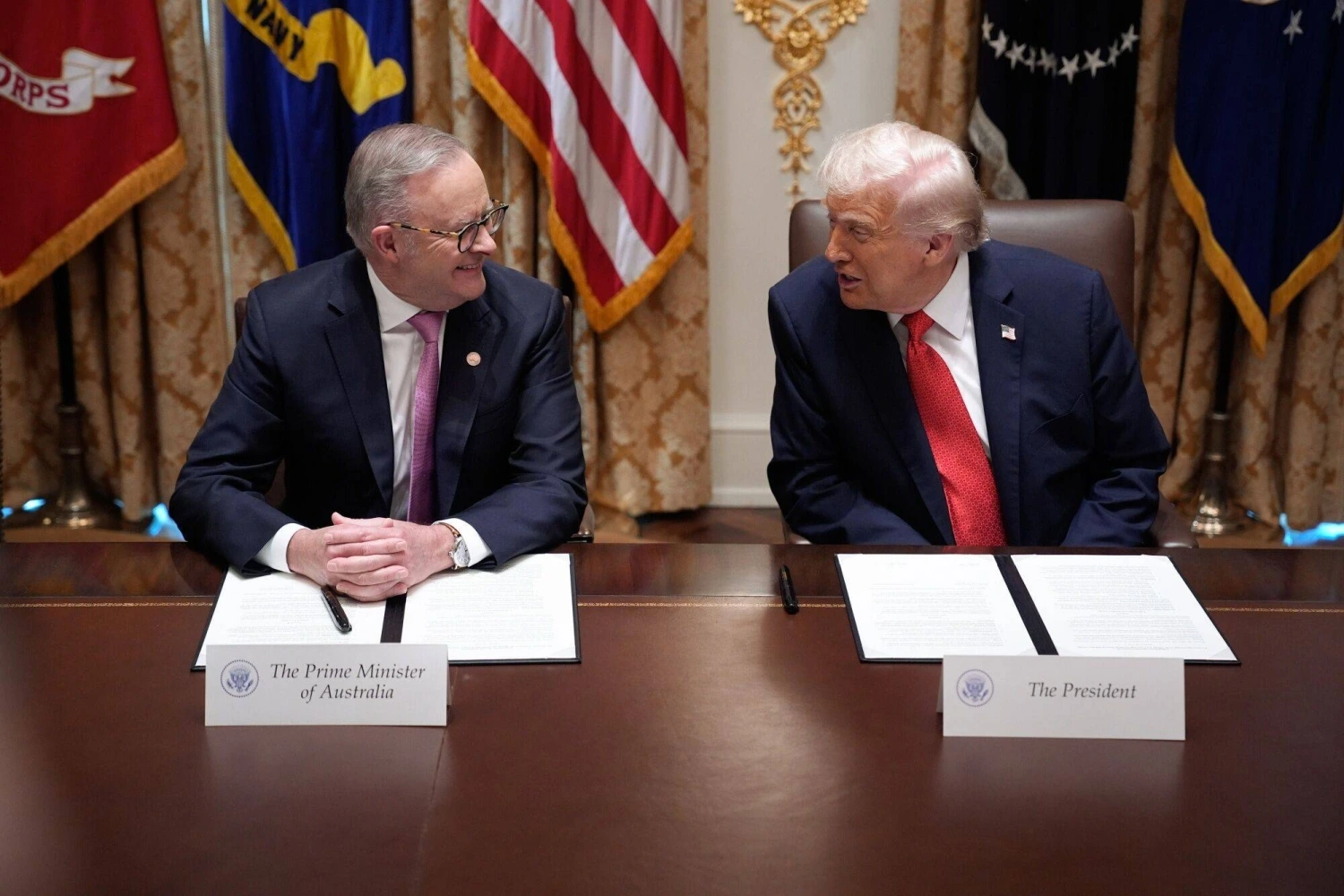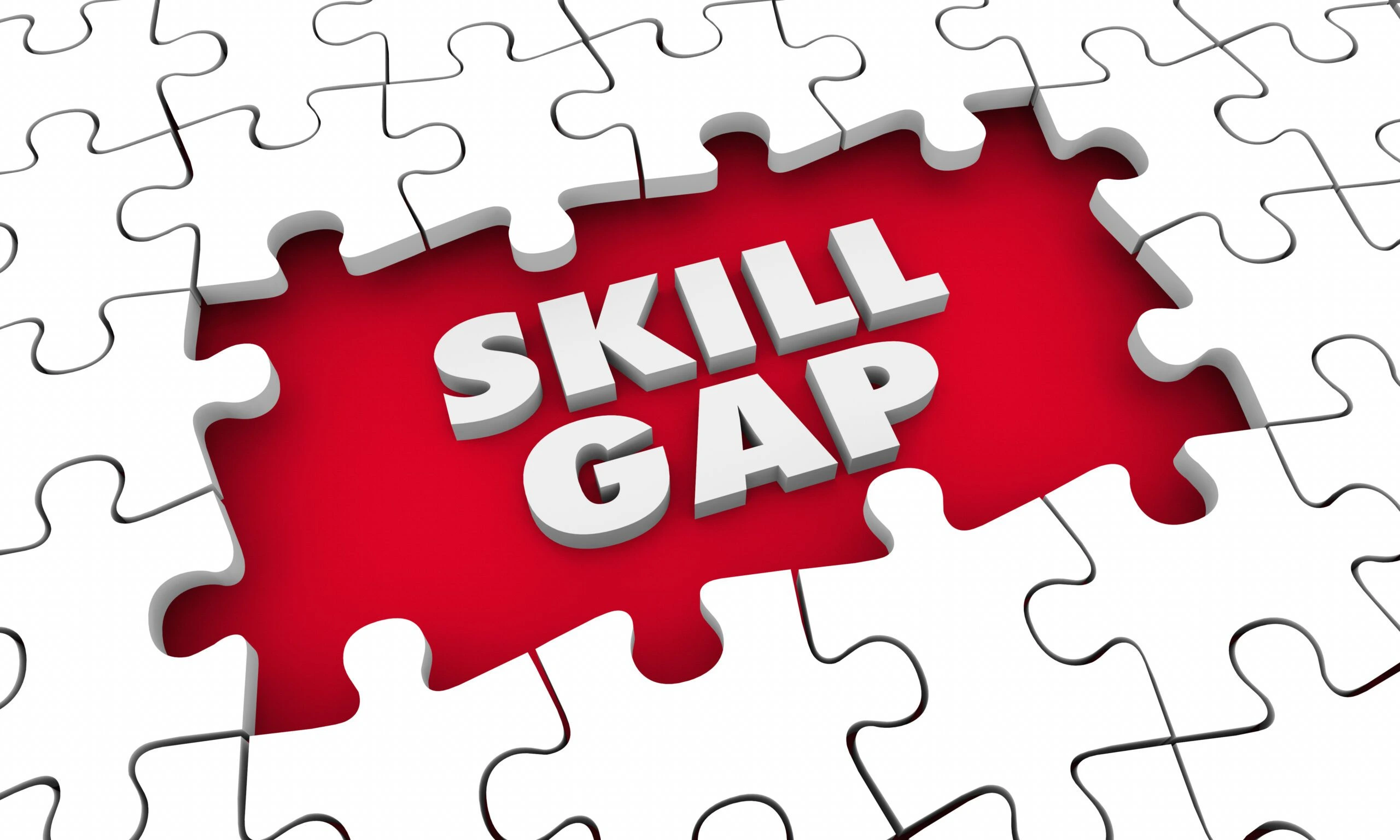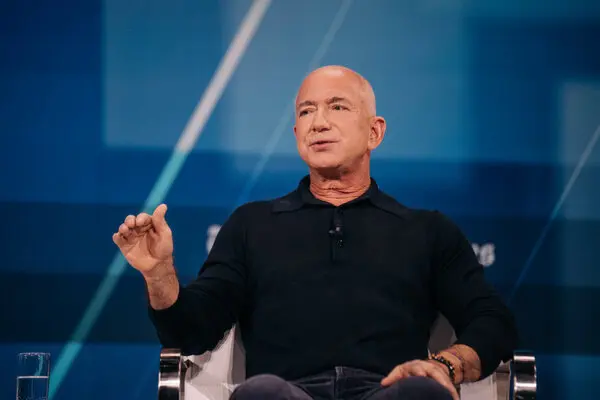A Strategic Move to Reshape Global Supply Chains
In a significant move to reshape global supply chains and bolster strategic alliances, the United States and Australia have signed a landmark agreement on October 20, 2025, focusing on the joint development and processing of critical minerals and rare earths.
Announced during a White House ceremony, the deal, spearheaded by U.S. President Donald J. Trump and Australian Prime Minister Anthony Albanese, aims to reduce the West’s dependence on China, which currently dominates the market for these essential resources.
Valued at an ambitious $53 billion, the agreement marks a pivotal step in securing vital materials for defense, technology, and renewable energy sectors, while strengthening the longstanding U.S.-Australia partnership.
A Strategic Response to China’s Grip
China’s control over approximately 70% of rare earth mining and 90% of processing has long been a concern for Western nations. These minerals ranging from lithium and cobalt to neodymium are indispensable for manufacturing everything from smartphones and electric vehicles to military hardware like drones and submarines.
Recent moves by Beijing to restrict exports, spurred by escalating trade tensions and new U.S. tariffs, have heightened the urgency for alternative supply chains. The U.S.-Australia deal emerges as a direct countermeasure, leveraging Australia’s rich mineral deposits to create a diversified and resilient resource network.
The framework, detailed in a White House release, commits over $3 billion in initial joint investments, with $1 billion allocated by each country over the next six months to kickstart mining and processing projects.
This investment is expected to unlock a pipeline of $8.5 billion in “ready-to-go” initiatives, with long-term projections suggesting Australian superannuation funds could channel up to $1.44 trillion into U.S. projects by 2035. This influx is anticipated to create tens of thousands of jobs in the U.S., particularly in manufacturing and infrastructure tied to critical minerals.
Building on the AUKUS Framework
The agreement builds on the AUKUS security pact, a trilateral alliance between the U.S., Australia, and the United Kingdom, which includes a $239.4 billion plan for Australia to acquire nuclear-powered submarines.
During the White House meeting, President Trump reaffirmed his commitment to this initiative, stating, “We’re going full steam ahead, building,” and dismissing minor clarifications as resolved. This endorsement alleviates concerns in Canberra, where delays in formal meetings since Trump’s inauguration had sparked anxiety about the pact’s future.
The critical minerals deal complements AUKUS by ensuring a steady supply of materials needed for advanced military technologies. Australia, with its vast reserves of lithium (accounting for roughly half the world’s supply) and significant deposits of bauxite, cobalt, and rare earths, is well-positioned to support this effort.
The agreement also includes plans for coordinated investment in processing facilities, a move aimed at reducing the current reliance on China for refining these raw materials into usable products.
Economic and Geopolitical Implications
For Australia, the deal represents a strategic opportunity to diversify its economy beyond its traditional reliance on China, its largest trading partner. Prime Minister Albanese described the agreement as a “really significant day” that takes the bilateral relationship “to the next level.”
The initial $1 billion investment from each nation will fund projects such as the Alcoa-Sojitz gallium project in Western Australia, which is expected to produce 10% of the world’s gallium supply, a critical component in semiconductors and LEDs with offtake rights secured for both countries.
The U.S. stands to gain significantly as well, with access to a stable supply of minerals that are currently imported at great cost and vulnerability. The deal includes innovative mechanisms such as price floors for critical minerals, a long-sought demand by Western miners to stabilize markets.
Additionally, the framework commits to reviewing and deterring asset sales on national security grounds, ensuring that strategic resources remain in allied hands.
However, the agreement is not without its challenges. Experts note that Trump’s “America First” agenda could complicate downstream processing investments in Australia.
Susan Park, a professor at the University of Sydney specializing in the global energy transition, highlights that the U.S. may prefer to prioritize domestic manufacturing jobs, potentially making it a “hard sell” to invest heavily in Australian facilities.
This tension could test the balance between the two nations’ economic priorities and their shared strategic goals.
A Humorous Yet Tense Diplomatic Exchange
The White House ceremony was not without its lighter moments, though it also underscored underlying diplomatic frictions.
President Trump, known for his unscripted style, engaged in a humorous yet pointed exchange with Australian Ambassador Kevin Rudd. When a reporter raised Rudd’s past criticisms of Trump calling him the “most destructive” president in U.S. history during his time as a private citizen Trump quipped, “Where is he? You said something bad?”
As Rudd attempted to clarify that the remarks predated his ambassadorship, Trump retorted, “I don’t like you either. I probably never will,” prompting laughter from the press gallery.
Rudd later apologized, reaffirming the strength of the U.S.-Australia alliance, but the moment highlighted the delicate dynamics at play.
This exchange also reflected broader sentiments in Australia, where some view the deal as disproportionately benefiting the U.S. Critics argue that while the agreement secures American access to resources, it may not address domestic concerns such as immigration policy or free speech, which have fueled public discontent with Albanese’s leadership.
Nonetheless, the economic benefits and job creation potential could help mitigate these criticisms over time.
Long-Term Vision and Challenges Ahead
Looking ahead, the U.S. and Australia aim to establish a diversified, liquid, and fair market for critical minerals. The agreement includes plans for government and private sector collaboration through guarantees, loans, equity, and offtake arrangements, ensuring a robust supply chain.
For Australia, this could mean a shift toward value-added processing, reducing its historical role as a raw material exporter. The deal also aligns with global efforts to decarbonize economies, as these minerals are vital for renewable energy technologies like solar panels and wind turbines.
Yet, the path forward is not without hurdles. China’s response to the agreement will be closely watched, with potential retaliatory measures that could impact Australia’s trade balance.
Additionally, the success of the deal hinges on sustained political will and coordination between the two nations, particularly as Trump’s administration navigates its domestic agenda. The delay in formal meetings since Trump took office finally resolved with this summit underscores the need for consistent dialogue to maintain momentum.
A New Chapter in Alliance
The U.S.-Australia critical minerals agreement signals a new chapter in their alliance, rooted in shared economic and security interests.
For the U.S., it is a step toward energy independence and military readiness; for Australia, it offers a chance to assert its geopolitical relevance amid shifting global dynamics.
As the world grapples with the challenges of resource scarcity and great power competition, this partnership could serve as a model for other nations seeking to diversify their supply chains.
In the coming months, the focus will shift to implementing the initial projects and measuring their impact. With the potential to reshape industries and geopolitics, the deal is a bold bet on cooperation over competition.
As President Trump noted, “In about a year from now, we’ll have so much critical mineral and rare earths that you won’t know what to do with them.”
Whether this optimism holds will depend on the execution of this ambitious vision and the ability of both leaders to navigate the complex terrain ahead.





